
International Stage: R .Diwakaran DOP!
Jun 12 2025
🎬 SICA Spotlight Series – A Conversation with Cinematographer R. Diwakaran
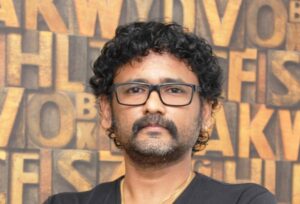
Lighting Frames, Crafting Spectacles – The Journey of R. Diwakaran
In an industry that thrives on visual storytelling, few names stand out for their ability to bridge the worlds of cinema, television, and grand live events like R. Diwakaran. A cinematographer who began with rooted narrative filmmaking and gradually transformed the visual grammar of live Indian television, Diwakaran is known for his adaptability, precision, and pioneering lighting aesthetics.
From crafting desaturated dreamscapes in Parthiban Kanavu, one of Tamil cinema’s early films to explore Digital Intermediate (DI), to managing 2000-light setups for globally broadcasted events like Miss World, his journey is not only inspirational but a masterclass in technical and creative evolution.
In this exclusive Q&A with SICA, R. Diwakaran shares his experiences, insights, and how he redefined both cinema and television lighting in India.
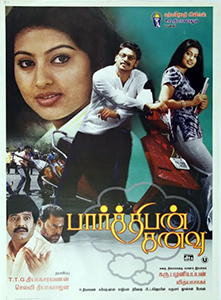
Let’s begin with your debut film Parthiban Kanavu. It was both a critical and commercial success. What was your approach to the visuals in that project?
R. Diwakaran:
Parthiban Kanavu remains close to my heart. It was my debut, and I wanted to bring something fresh to the table. One song sequence in the film featured a completely monochromatic set with selectively desaturated colors. At that time, DI (Digital Intermediate) was still a novelty in Indian cinema, and we used it for that song. It was among the earliest Tamil films to experiment with DI for creative expression. The result gave the film a distinctive look that resonated with both audiences and critics.
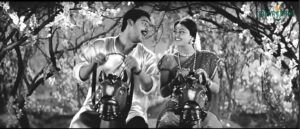
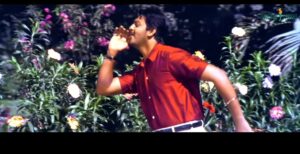
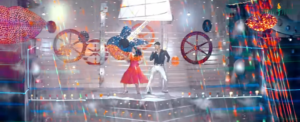
Your second film, Sathurangam with director Karu Palaniappan, had a unique visual grammar. Could you explain that?
Sathurangam was technically and narratively challenging. I made the conscious decision to keep the camera completely static for the entire first half—no pans, no tilts, no movement at all. It gave a composed, almost frozen feel which mirrored the character’s psychological state. Post interval, every shot involved camera movement. This shift wasn’t just stylistic—it reflected a turning point in the story. It’s rare to find directors who trust this kind of visual storytelling, and Karu sir gave me that freedom.
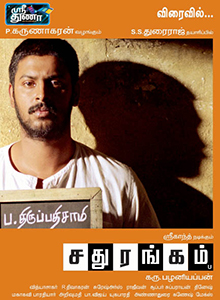
What inspired your move from feature films into lighting for TV shows and stage events?
The transition was organic. I was always fascinated by the energy of live performances and how lighting changes the mood instantly. My first major stage work was with Koteeswaran. Impressed by my setup, I was invited to Mumbai for a show featuring Govinda. At that time, most sets used Baby, Senior, and Junior tungsten lights. These generated a lot of heat and discomfort. DOPs were being replaced frequently because of lighting issues. That’s when I stepped in with a different approach.
How did you change the lighting setup for that Govinda show?
Instead of traditional tungsten lights, I used parcans enveloped in softboxes, tube lights, and early LED options. When Govinda walked onto the set of Chappar Phaad Ke, he asked me to switch on the lights. I told him, “It’s already on.” He was amazed that the entire set was lit but without any heat. He hugged me on the spot. That moment validated my belief in innovation and comfort for performers. After that, there was no looking back.
You’ve worked on some of India’s biggest shows. Could you list a few and share what makes them so different from films?
Yes, I’ve had the privilege of working on shows like Bigg Boss, Indian Idol, and India’s Got Talent. The biggest difference is scale and camera setup. While feature films mostly use one to three cameras, stage shows have around 20–22 cameras, each requiring dedicated lighting angles. You must balance face lights, create background contrast, and use intelligent lighting, all while ensuring continuity in live conditions. It’s a high-pressure environment where split-second decisions matter.
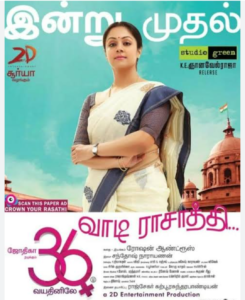
You eventually returned to Malayalam cinema and did five feature films. What was that shift like?
I wanted to come back to narrative storytelling with a matured eye. Malayalam cinema has strong scripts and gives a lot of creative freedom. I brought my experience from multi-cam setups into these films—especially in lighting control and quick adaptability on sets. It was refreshing to slow down and focus on emotion and composition again.

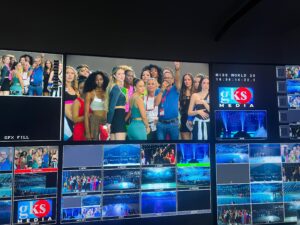
Let’s talk about the Miss World event held in Hyderabad. What made it a milestone in your career?
The Miss World event was a landmark project. I was the Show Director, and the event was live-streamed across 160 countries. It required six months of prep work. I scanned the venue digitally, planned the layout, and designed a crown-themed set. We used nearly 2000 lights, which is a massive setup. It wasn’t just about lighting beauty—it was about creating moments that transcended screens globally.
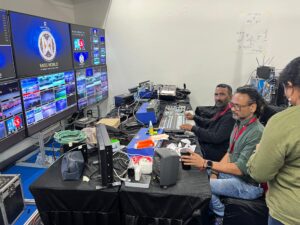


What kind of lighting aesthetics did you apply for Miss World?
I used LED washes to enhance skin tones of the contestants. Each round had a unique color scheme—from gold-floral combinations to pink and cyan tones, all designed to complement costumes and music. The color temperature was locked at 5600K, and I lit for T4 to T5.6 for optimal balance between light intensity and camera exposure. Synchronizing light movement to live music cues was another standout feature.
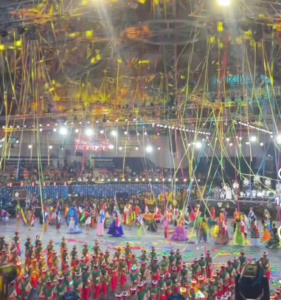
You also used some cutting-edge camera setups. Could you explain that?
R. Diwakaran:
Yes, we introduced remote camera tracking for the ramp walk—one at a low frontal angle and another from the side. This gave a fluid, cinematic movement to a live event. We also used 4K PTZ cameras, drones, and 19 other cameras to cover every angle. This level of coordination between lighting and camera movement in a live broadcast is rare, and I’m proud we pulled it off seamlessly.
What’s next after Miss World?
The response was overwhelming. The Chief Minister of Telangana, who attended the event, in response i was asked by Ministry of information to handle the upcoming Gaddar Film Awards, which is being revived after 14 years, as a successor to the Nandi Awards. It’s a huge honor. For me, each project is an opportunity to innovate and make visuals speak louder than words.
Drafted by
CJ Rajkumar
Author/ Cinematographer
